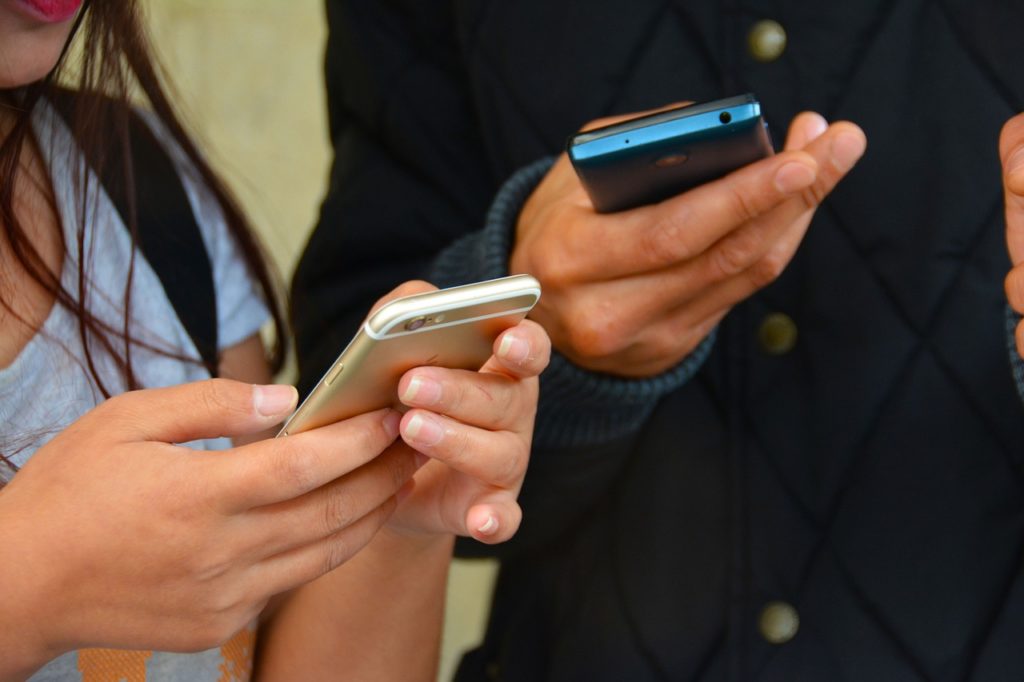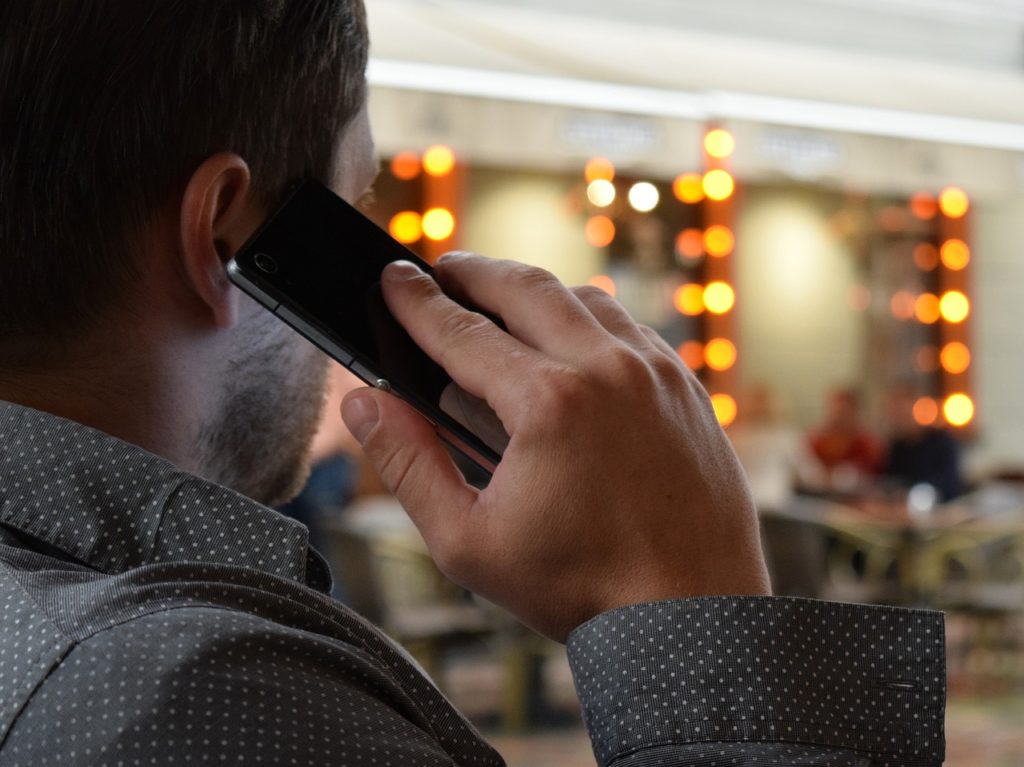When the very first iPhone was revealed to the world just over a decade ago, few people could have imagined the extent to which it would completely change our lives. This incredible device has had an impact on almost every single one of our daily activities: everything from waking up to getting to work to making dinner plans with friends has been affected in some way by the iPhone’s amazing capabilities. Read on for a look back at nine of the many things that haven’t been the same since the launch of the iPhone.
-
Getting lost.
Getting lost? Who does that anymore? No one with an iPhone, that’s for sure. Location services were first launched with the iPhone 3G in 2008. Since then, Apple has been working steadily to make GPS technology an even more integral part of the iPhone. Today, thanks to significant improvements to the Apple Maps app, released with iOS 11, you can find out where you are and how to get where you’re going with just a few taps.
-
Sending and receiving text messages.
The iPhone was the first device to introduce a threaded text message interface, with new text messages (from sender and recipient alike) simply added to a continuous, scrolling thread. This interface is so widely used today that it’s difficult to remember the early days of text messaging, when each text was stored individually within a menu and you would have to open each file up one at a time to look back through a conversation.

-
Taking photos.
The iPhone revolutionized the world of photography in two big ways. First, it made it possible for anyone to take photos anytime and anywhere without having a “traditional” camera with them. Second, it popularized front-facing cameras: although these had been appearing on phones as early as 2003, it wasn’t until they were included in the iPhone 4 that they became widely used. The result, perhaps inevitably, was the selfie craze (a phenomenon which is showing no signs of slowing down).
-
Charging batteries.
Older phones may not have had much going for them in terms of features, but they did have one big advantage over modern devices: their batteries lasted for days! Unfortunately, there’s little chance of that today, given that the array of sensors and processes on even a basic smartphone model place a constant strain on batteries. Daily charging is common, as is purchasing special accessories to supplement battery power or trying recommended tips to extend battery life.
-
Making phone calls.
Early mobile phones were exactly that: phones, used exclusively for the purposes of making calls. But given how easy it is today to text, e-mail, or send messages on social media instead, the traditional phone call is falling out of favor. In 2015, a survey of 4,000 UK adults conducted by research firm Deloitte discovered that 25 percent of smartphone owners had not used their device to make a voice call in the last seven days. Compare this with the same study conducted three years earlier, in which just 4 percent of smartphone owners hadn’t made a call in the last week, and it seems clear that phone calls are on their way out.

-
Making typos.
One the one hand, making typos is much more common now that we’re primarily using touchscreens (as in the iPhone) rather than physical keyboards (as in the BlackBerry) to type. On the other hand, the iPhone also introduced us to Autocorrect, the corrective and predictive text feature that instantly clears up spelling mistakes and other typing errors, making it possible for most messages typed on an iPhone to be intelligible.
-
Having an argument.
If you have your iPhone in your pocket or your purse, you’re never more than three seconds away from finding out the answer to something you don’t know. Access to such rapid knowledge is not only useful when you want to know when the next bus is coming, for example, but also when you want to fact check your assumptions.
-
Zooming.
The iPhone was the first device to introduce the “pinch to zoom” feature, which lets you zoom in or out on your device’s screen by pinching your fingers together or pushing them apart. This gesture is so reflexive now that young kids who have grown up alongside iPhone technology will try it on almost anything, from television screens to pictures in books, regardless of whether or not it has a touchscreen.
-
Listening to music.
Remember the time when, in addition to your phone, you needed a separate device to listen to music? Even in 2009, two years after the first iPhone was released, Apple still sold 55 million iPods. Today, there’s no need to buy an iPod or other mp3 player when your iPhone also plays music. Apple still sells iPods, but they haven’t been updated for several years.

